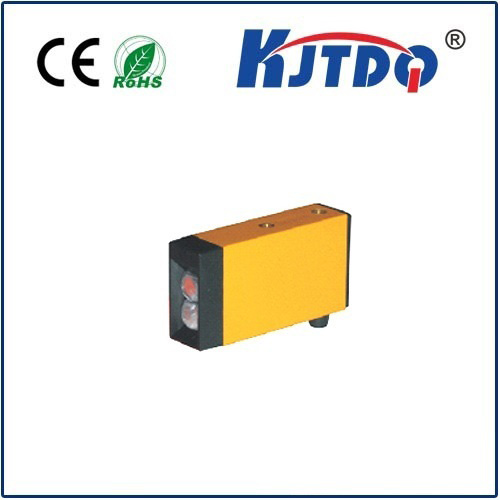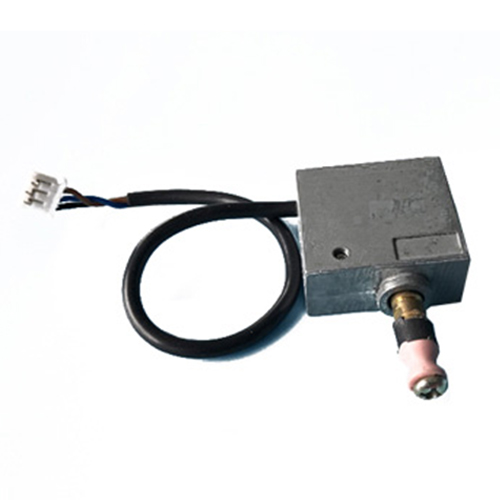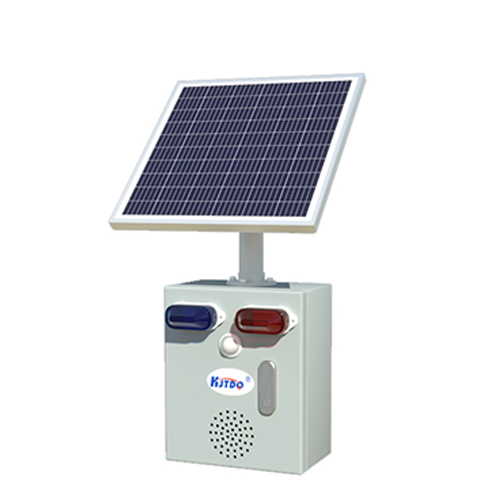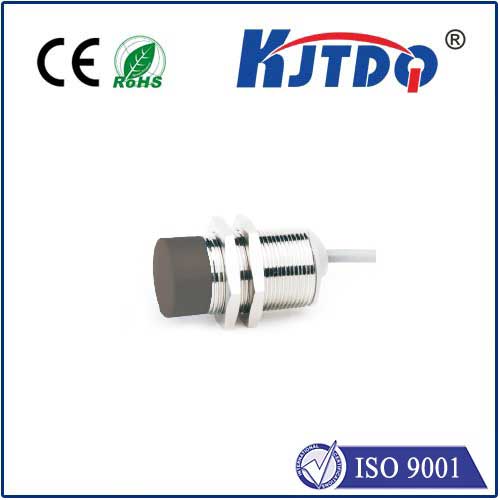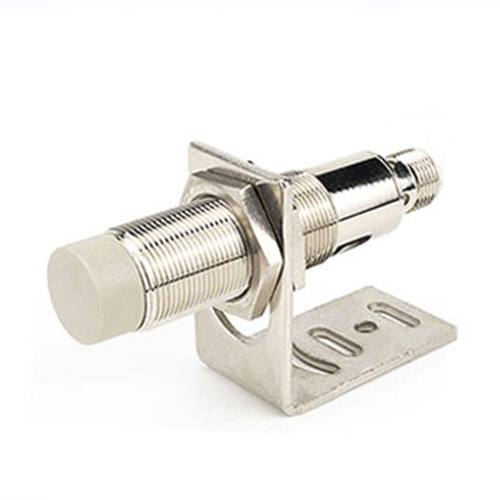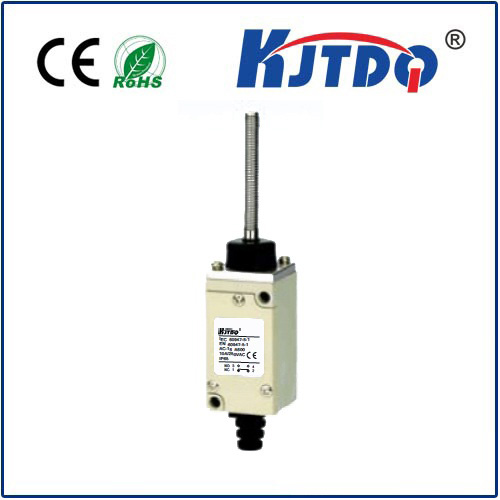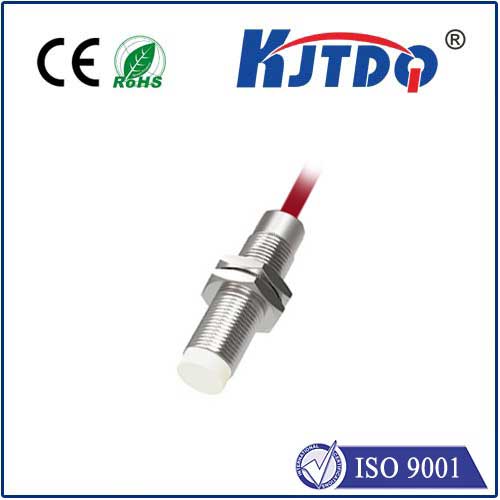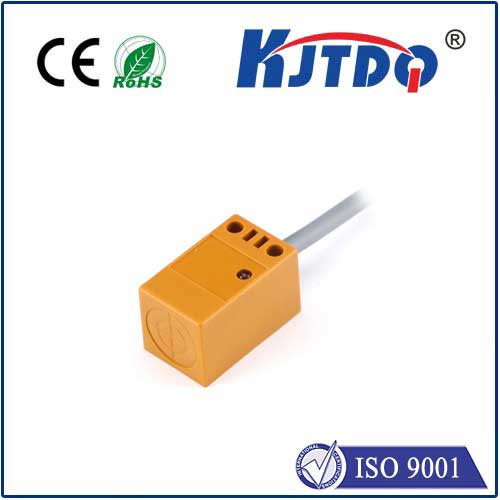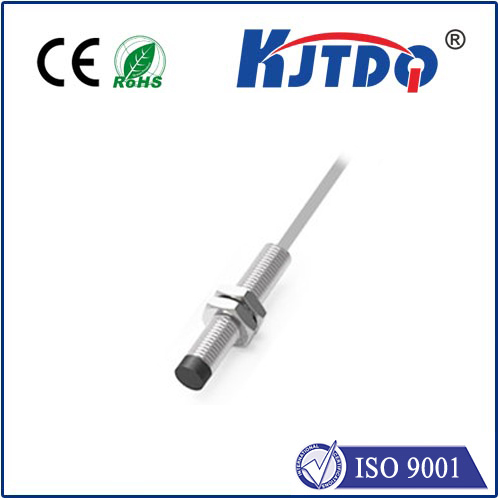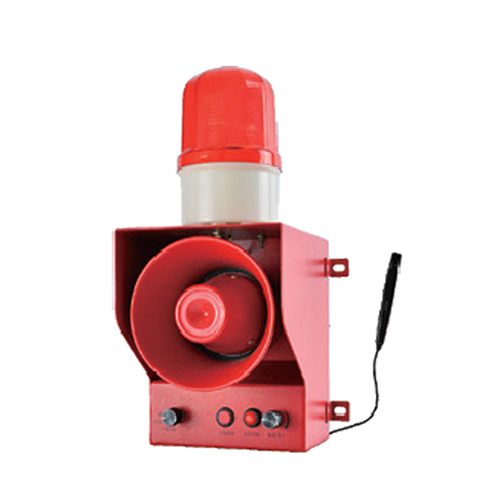

check

check

check

check

check

check

check

check

check

check
Overload limit switches are essential components in various industries, including manufacturing, construction, and transportation. These devices help prevent equipment damage and ensure worker safety by monitoring the load placed on machinery or vehicles. In this article, we will explore the basics of overload limit switches, their applications, and how they work.
What is an Overload Limit Switch?
An overload limit switch is a type of sensor that detects when a machine or vehicle has exceeded its maximum capacity. It is designed to stop the operation of the equipment automatically if the load becomes too heavy, preventing potential accidents and reducing downtime. Overload limit switches come in different types, such as mechanical, electronic, and hydraulic, each with its own advantages and disadvantages.
Applications of Overload Limit Switches
Overload limit switches have numerous applications across various sectors. For example:

1. Manufacturing: Overload limit switches are used in conveyor belts, elevators, and cranes to prevent damage caused by overloading. They ensure that these machines operate within their safe working limits, reducing maintenance costs and extending their lifespan.
2. Construction: In the construction industry, overload limit switches are crucial for heavy machinery like excavators and cranes. They help avoid accidents caused by lifting loads beyond the equipment's capabilities or operating at dangerous angles.
3. Transportation: Overload limit switches play a vital role in monitoring the weight of cargo in trucks and trailers. By ensuring that loads do not exceed legal limits, they help prevent accidents and comply with regulations.
How Overload Limit Switches Work
The operation of an overload limit switch varies depending on its type. However, the general principle remains the same: it detects when a machine or vehicle has reached its maximum load capacity and sends a signal to stop the operation. Here's how some common types work:
1. Mechanical Overload Limit Switches: These switches use a system of levers and springs to detect the load on a machine. When the load reaches a certain point, the lever activates the switch, which then cuts off power to the motor or actuator, stopping further movement.
2. Electronic Overload Limit Switches: These switches use sensors to measure the load on a machine. When the load exceeds the preset limit, the sensor sends an electronic signal to the control system, which triggers an alarm or stops the equipment automatically.
3. Hydraulic Overload Limit Switches: These switches use fluid pressure to detect the load on a machine. As the load increases, so does the fluid pressure within the system. When this pressure reaches a certain level, it triggers the overload limit switch, shutting down the equipment.
Conclusion
Overload limit switches are essential safety features in many industries, helping prevent accidents and reduce maintenance costs. By understanding how they work and their various applications, you can better appreciate their importance in ensuring the safe and efficient operation of machinery and vehicles.
